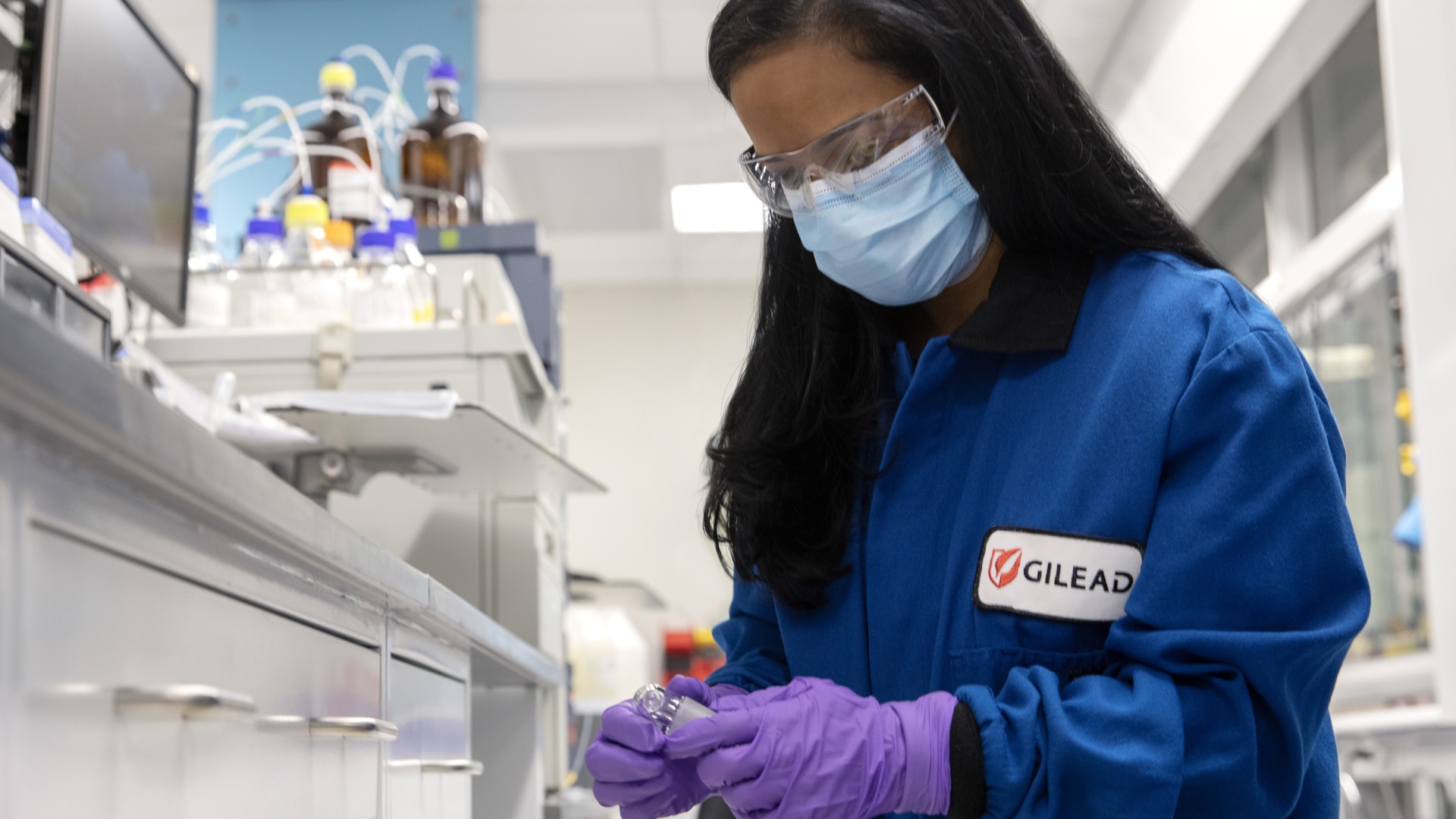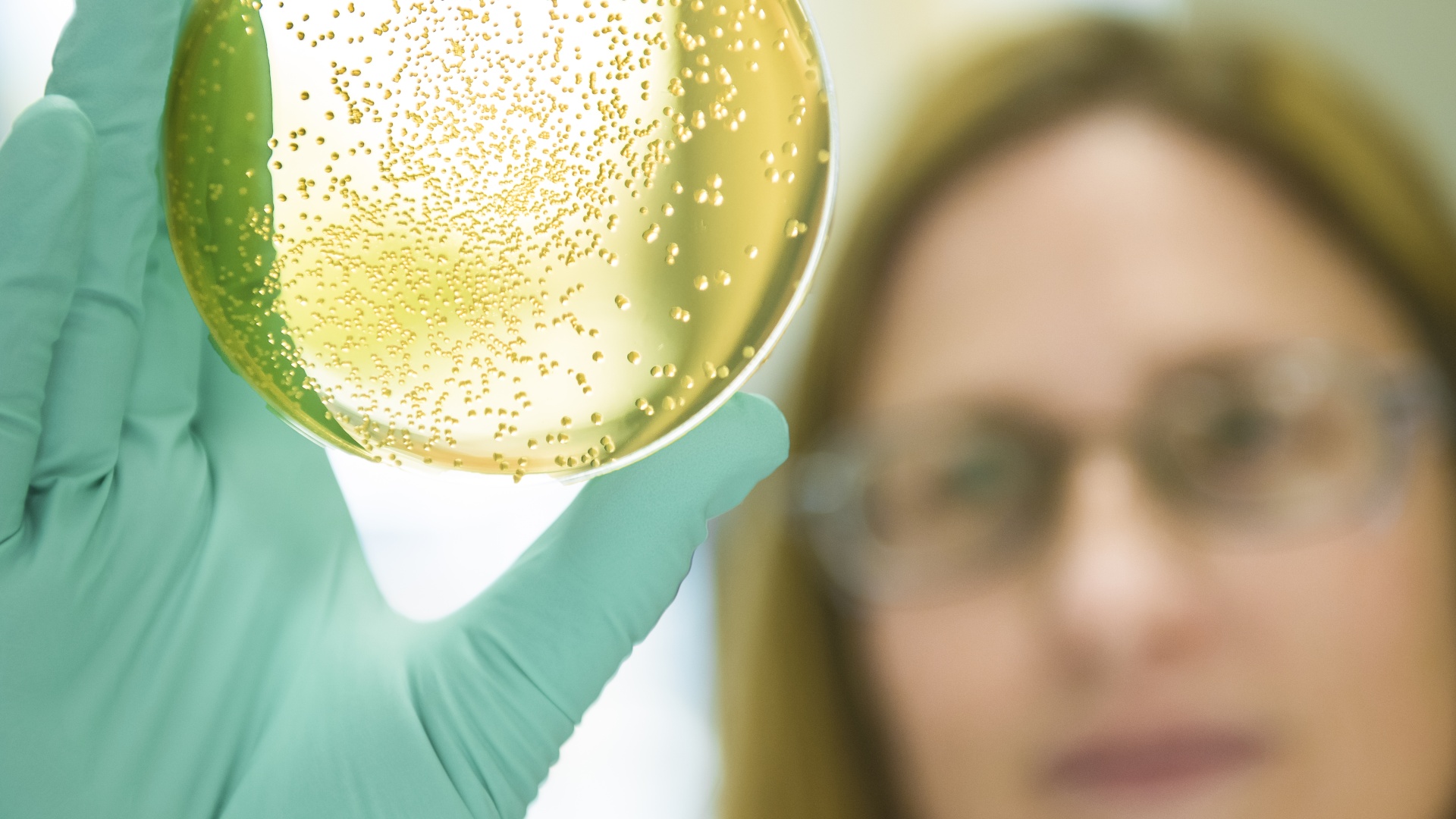Advancing Transformational Innovation in HIV Research: A Pillar of Gilead’s Efforts to Help End the Global HIV Epidemic

It has been more than 40 years since the first reported cases of HIV, and tremendous progress has been made toward ending the epidemic, including advances in HIV treatment that allow for longer and healthier lives. Nevertheless, HIV persists as a serious public health challenge. In the United States, the South accounts for eight of the top ten states and nine of the top ten metropolitan areas with the highest rates of new infections. Globally, it’s estimated that more than 36 million people are living with HIV and 4000 individuals are newly infected each day, with the burden disproportionately faced by Sub-Saharan Africa and many low- and middle-income countries. Scaling up proven prevention interventions and strategies is essential to reduce the individual and societal burden of the virus. The HIV epidemic is not over.
The work needed to overcome the epidemic includes an unequivocal commitment to continued scientific innovation to provide solutions for the unmet and evolving needs of people around the world. Scientific breakthroughs and medical innovations have brought radical change for people and communities most affected by HIV. The advent of antiretroviral therapy and once-daily single tablet regimens represent some of the most significant milestones that have helped bring radical change in the outlook for people affected by HIV. The scientific advancements have been transformative but significant gaps in care remain.
Since the company was founded 35 years ago, Gilead has been a leading innovator in the field of HIV, driving advances in treatment, prevention, and cure research. Gilead researchers have developed 11 HIV medications, including the first single-tablet regimen to treat HIV and the first antiretroviral for pre-exposure prophylaxis (PrEP) to reduce the risk of acquiring HIV infection. These scientific advancements have helped to transform HIV into a preventable disease and a chronic condition for the millions of people who are living with HIV.
Last week many from the global HIV community convened in Montreal for the 24th International AIDS Conference (AIDS 2022). There, the latest advancements and discoveries in HIV science were discussed by many of the most respected researchers from around the globe. Gilead’s decades of expertise and leadership in HIV uniquely position the company to develop innovative therapeutic options that address unmet needs in HIV treatment and prevention while actively pursuing research that could, one day, lead to a cure.
Gilead’s first guiding principle for advancing the next wave of transformational innovation in HIV is putting people at the center of the research and development process. A person-centered approach to innovation is of particular importance to Jared Baeten, MD, Ph.D., Gilead’s Vice President of HIV Clinical Development. Under his leadership, the efforts of the HIV development team are driven by a strong sense of justice, equity, and dedication to ending the global epidemic.
“A person-centered approach to research results in the creation of clinical evidence that is meaningful and beneficial to people and communities confronting the day-to-day realities of this virus. Collaboration with researchers and community stakeholders, particularly those living with HIV or those who could benefit from PrEP, is integral in all aspects of our research development process. And, that kind of collaboration is essential if we are going to have the impact we all want, which is ending this epidemic,” notes Baeten. “Repeated and engaged opportunities to interact directly with the community, such as we were fortunate to do each day at AIDS 2022, are invaluable for helping further our HIV research efforts.”

Against this backdrop, Gilead concentrates its research and development efforts on key areas:
HIV Treatment and Prevention Research
As part of global efforts to help end the HIV epidemic, Gilead understands the critical need for continuous innovation to bring forward novel solutions to meet the challenges of the epidemic today, striving for ground-breaking advancements. As the epidemic has evolved over four decades, new challenges continue to emerge.
Although antiretroviral medications have transformed HIV into a treatable disease, Baeten believes the next wave of innovation in HIV is long-acting options that can help address the differentiated needs and preferences of the diverse range of individuals and communities affected by the epidemic. “Those diverse, unmet needs propel our research teams at Gilead, and it is paramount this work is supported by the most rigorous clinical science.”
In addition, people with HIV have evolving needs as they age, and they require antiretroviral therapies that accommodate those needs. Those aging with HIV have several age-related chronic conditions and additional burden from the treatments they take for those other conditions. Chronic immune activation from the viral infection compounds these challenges. To confront the synergistic effects of aging with HIV, Gilead’s treatment research program focuses on advancing long-term health and quality of life.
Advancing the science behind PrEP is a fundamental part of Gilead’s efforts aimed at ending the epidemic, and Gilead remains committed to developing novel patient-centered PrEP medication options. Understanding the needs and preferences of those who would benefit from PrEP and giving people choices that best fit their schedules – including long-acting dosing intervals – will be a key to accelerating the decline in new HIV infections worldwide. Every day, Gilead strives to incorporate the expertise of community members from around the world directly into the company’s prevention clinical development work.
HIV Cure Research :
Curing HIV is the ultimate aspiration of Gilead’s HIV research and development efforts. Through the company’s innovative cure research program, Gilead is furthering the collective scientific knowledge on potential pathways to achieve a ‘functional cure’ (defined as long-term viral suppression in the absence of antiretroviral therapy, without transmission or disease progression).
Currently, Gilead is exploring a range of options to activate and eliminate the persistent viral reservoir that makes HIV a lifelong infection. The company’s strategy is grounded in the hypothesis that a multi-pronged approach is needed to achieve the goal of curing HIV. The discovery and development of latency-reversing agents, immune modulators, and genetically engineered effector antibodies are core areas of focus in the company’s research. Gilead has created a three-prong strategy for its research focus: pull HIV out of reservoirs, direct the immune system to clear it, and inoculate the body against any remaining virus, aiming at long-term remission.
Illuminating the pathways to an HIV cure is an incredibly complex scientific challenge and partnerships and collaboration are key to catalysing the research. That’s why Gilead works closely with industry, academic, and community partners on clinical studies to achieve a functional cure for HIV. “Our close connections with the field, built over decades of collaborative research and development, enable us to advance multiple preclinical and clinical programs aimed at functional cure for HIV,” said Baeten. As part of Gilead’s cure grants program, more than $36 million in grants have been awarded to academic institutions, non-profit organizations, and community groups engaged in HIV cure initiatives.
Gilead’s work to develop a cure for HIV is one part of the company’s larger role in the global efforts to help end the HIV epidemic and part of Gilead’s focus on person-centric innovation.

“Continued scientific innovation and inclusive approaches are essential in the discovery and development of person-centered options that address the evolving needs of a broad range of individuals and communities affected by HIV,” underscored Baeten. “Our scientific advancements are grounded in collaboration with community and research partners around the world. AIDS 2022 brought us back in-person with those partners, after two years of being unable to gather together. The time we spent highlighted how strong the need for continued innovation is, and further strengthened our belief that we will dedicate the time and resources to develop innovative new medicines that will draw us closer to helping end the HIV epidemic for everyone, everywhere.”
Read stories from community collaborators that help make Gilead’s work in HIV possible on GileadHIVTogether.com and follow Gilead on LinkedIn, Twitter, Instagram, and YouTube.
Get the world’s most fascinating discoveries delivered straight to your inbox.
